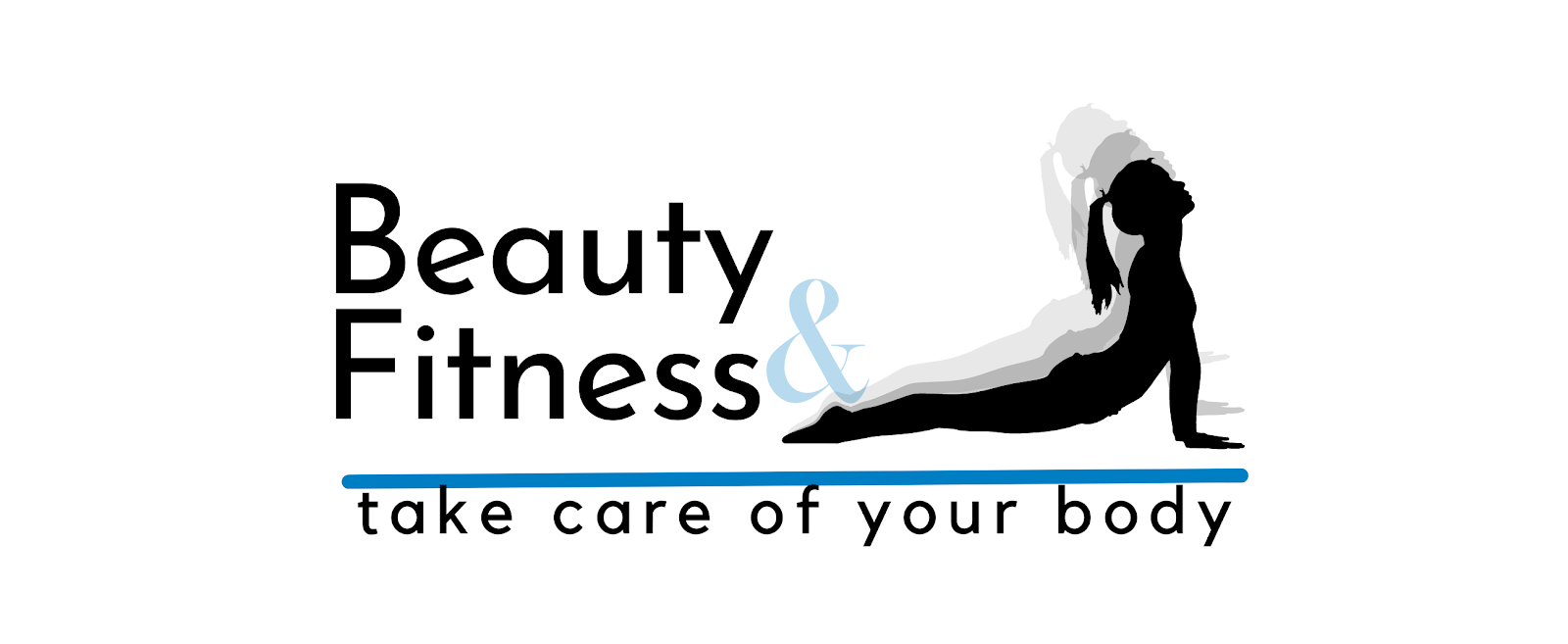Hatha yoga is one of the most popular forms of yoga practiced today. It is a system of physical postures and breathing techniques designed to improve health and promote relaxation. Hatha yoga originated in India over 5000 years ago and has been practiced by people of all ages and abilities ever since. In this article, we will explore the history, benefits, and practice of hatha yoga.
History of Hatha Yoga
The word "hatha" arrives from two Sanskrit words: "ha" meaning "sun" and "tha" meaning "moon". These words represent the two opposing forces in the body: the energizing force of the sun and the calming force of the moon. Hatha yoga was developed as a way to balance these forces and create harmony within the body.
The earliest written texts on hatha yoga are the Hatha Yoga Pradipika and the Gheranda Samhita. These texts describe the physical postures, breathing techniques, and meditation practices of hatha yoga. Hatha yoga was originally practiced by ascetics and yogis as a way to prepare the body and mind for spiritual practices such as meditation.
In the 20th century, hatha yoga became popular in the West as a form of physical exercise and stress relief. Today, millions of people around the world practice hatha yoga for its physical, mental, and spiritual benefits.
Benefits of Hatha Yoga
Hatha yoga has countless benefits for the body and mind. Here are some of the most significant benefits of hatha yoga:
1. Improved flexibility:
Hatha yoga postures (asanas) help to stretch and strengthen the muscles, tendons, and ligaments in the body, which can improve flexibility and range of motion.
2. Increased strength:
Hatha yoga postures require the use of the body's own weight as resistance, which can improve muscular strength and endurance.
3. Improved balance and coordination:
Many hatha yoga postures require balance and coordination, which can improve these skills over time.
4. Reduced stress and anxiety:
The breathing techniques and meditation practices of hatha yoga can help to reduce stress and anxiety and promote feelings of calm and relaxation.
5. Improved cardiovascular health:
Some forms of hatha yoga, such as vinyasa yoga, can be a cardiovascular workout that improves heart health and endurance.
6. Improved digestion:
Hatha yoga postures can stimulate the digestive system and improve digestion and elimination.
7. Improved sleep:
Hatha yoga can help to improve sleep quality and quantity by promoting relaxation and reducing stress.
8. Improved immune function:
Some research suggests that hatha yoga may improve immune function by reducing stress and inflammation in the body.
The practice of Hatha Yoga
Hatha yoga is a gentle, low-impact form of exercise that can be practiced by people of all ages and abilities. Here are some tips for rehearsing hatha yoga:
1. Find a qualified instructor:
A qualified hatha yoga instructor can help you learn proper alignment and breathing techniques and guide you through a safe and effective practice.
2. Start slowly:
If you are new to hatha yoga, start with gentle postures and gradually work your way up to more challenging poses.
3. Listen to your body:
Pay attention to your body and don't push yourself beyond your limits. If a pose feels uncomfortable or painful, back off and modify the pose or try a different one.
4. Use props:
Props such as blocks, straps, and blankets can help you modify poses and make them more accessible.
5. Breathe deeply:
The breath is an important part of hatha yoga. Focus on deep, steady breathing throughout your practice.
6. Practice regularly:
Consistency is key to reaping the benefits of hatha yoga. Aim to practice at least 2-3 times per day.









0 Comments